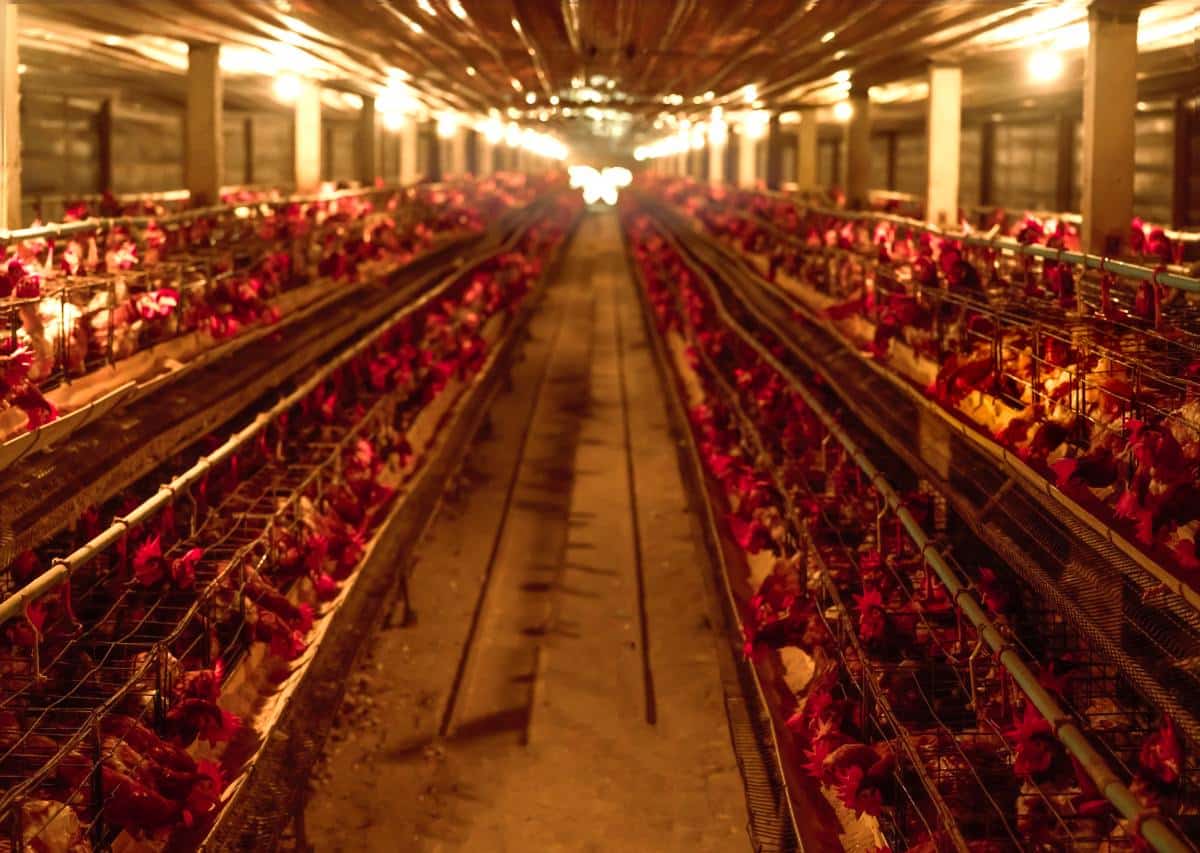Japan egg prices soar amid record 16 million bird flu cullings
Sun 19 Mar 2023
Tokyo: Egg prices are soaring in Japan as the current avian flu season sees a record 16 million birds marked for culling, with at least 80 cases reported at poultry firms in 26 of the country’s 47 prefectures.
Kyodo News quoted the Japanese agriculture ministry as saying that egg-laying hens make up more than 90 per cent of birds in the process of being culled, limiting the supply of eggs and pushing prices higher.
Japan has a very particular egg industry. In contrast to other surrounding countries, where the increase in egg consumption is linked to favourable demographics, Japan has a mature market and, at the same time, has increased its consumption in volume and value.
Also, read – Japanese airline offers insect-based in-flight meals to passengers
Egg production and consumption
Japan accounts to be among the top 10 egg-producing countries and it is the second regarding per capita egg consumption. The human population in the country has remained very similar in the last decade, while egg production has expanded, and the laying inventory has decreased.
The increase in production efficiency has allowed for a raise in egg output with a lower number of birds. The consolidation and technification of the sector have led to a decrease in the number of layer farms, while 10 companies account almost for half of the local egg production.
The distribution of egg production is not uniform around the country, with being Kanto the largest egg producer, followed by Kyushu and Tohoku. These three provinces account for more than half of the national egg production.
In addition, the country has a high per capita egg consumption (337 eggs) which continues to grow yearly. Egg consumption can be divided into half consumed as shell eggs and half in the form of egg products, which sets Japan apart from other developed countries, having the highest percentage of eggs eaten as egg products and a lot of dishes containing raw eggs.
Egg importation and exportation
Unlike other foods, where Japan has lower self-sufficiency, in the case of eggs, the high domestic consumption is largely covered by local production standing at a self-sufficiency rate of around 95%. The remaining 5% is covered with importations, mainly from Brazil, the US, China, and EU countries. Despite this, Japan is also exporting shell eggs to other countries, being Hong Kong one of the main areas. The countries mentioned may depend on temporary suspensions due to the Avian Influenza outbreaks in the origin countries.
Features of the egg market
Egg production in Japan is known for its high quality and hygiene standards, which may difficult for other countries to export into Japan.
Most of the egg production is of white eggs (~60%), produced by caged laying hens. Major breeds are the White Leghorn and the Rhode Island Red. Yolk colour pigmentation is a major egg quality parameter in the country, especially in southern provinces, demanding a more intense colour, corresponding to a higher number in the Roche scale.
Egg prices have remained very stable in these past decades and compared to other fresh products; it is considered an affordable good that favours its growing demand. Prices raised over the usual during last spring season due to a limited supply linked to the culling of hens in the worse outbreak of avian influenza that occurred in the last 5 years.
Japan egg price bird flu Japan egg price bird flu

 Apr 18 2024
Apr 18 2024













